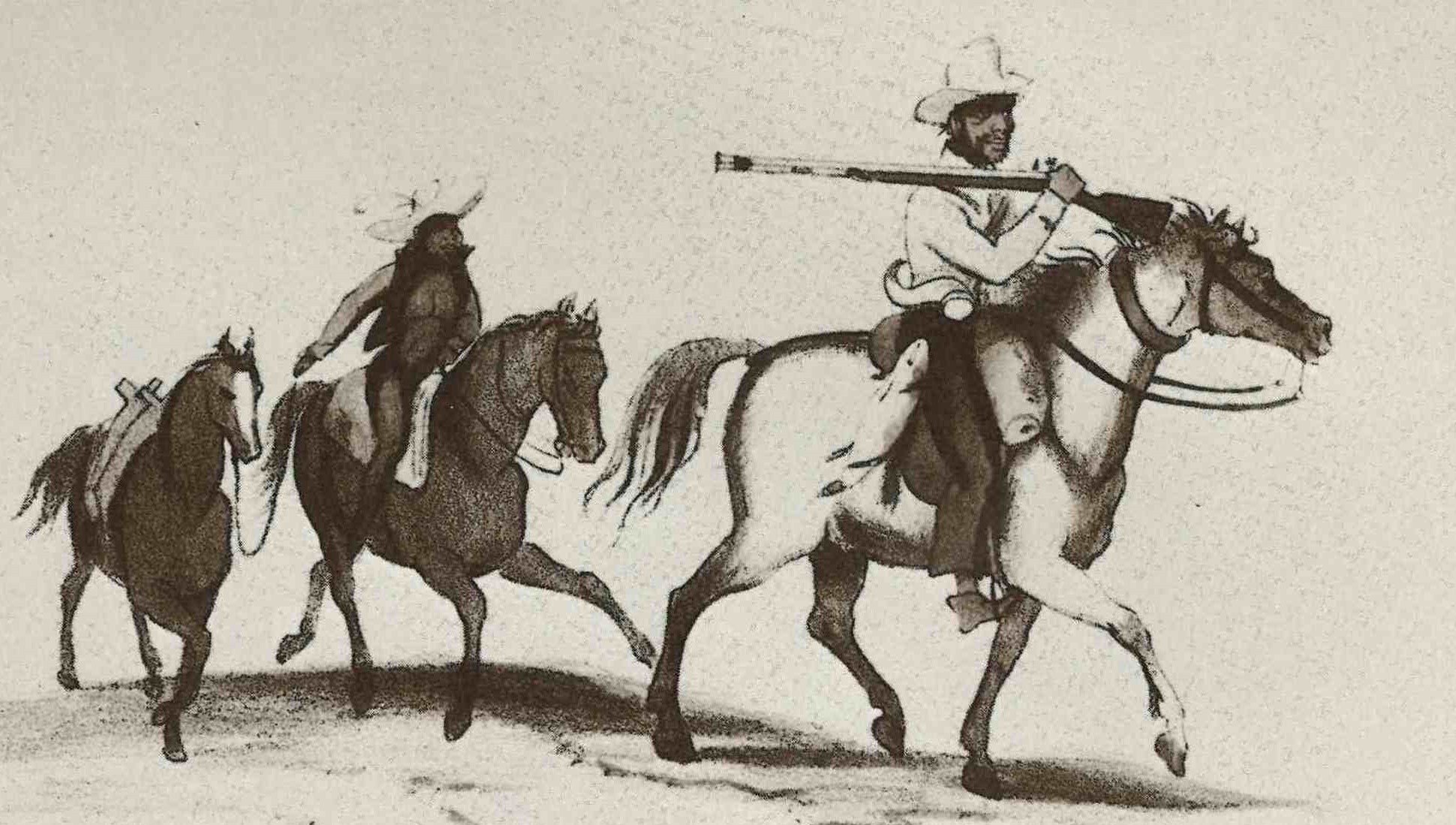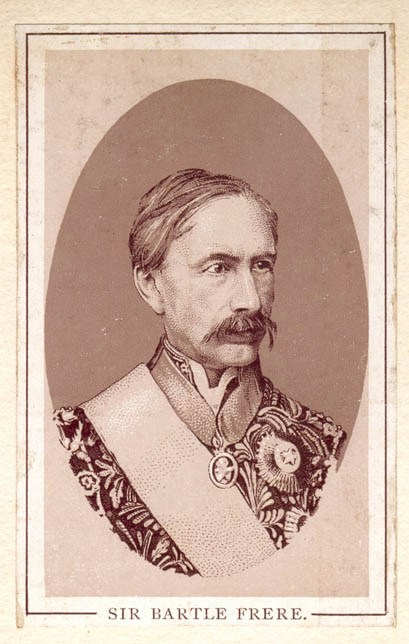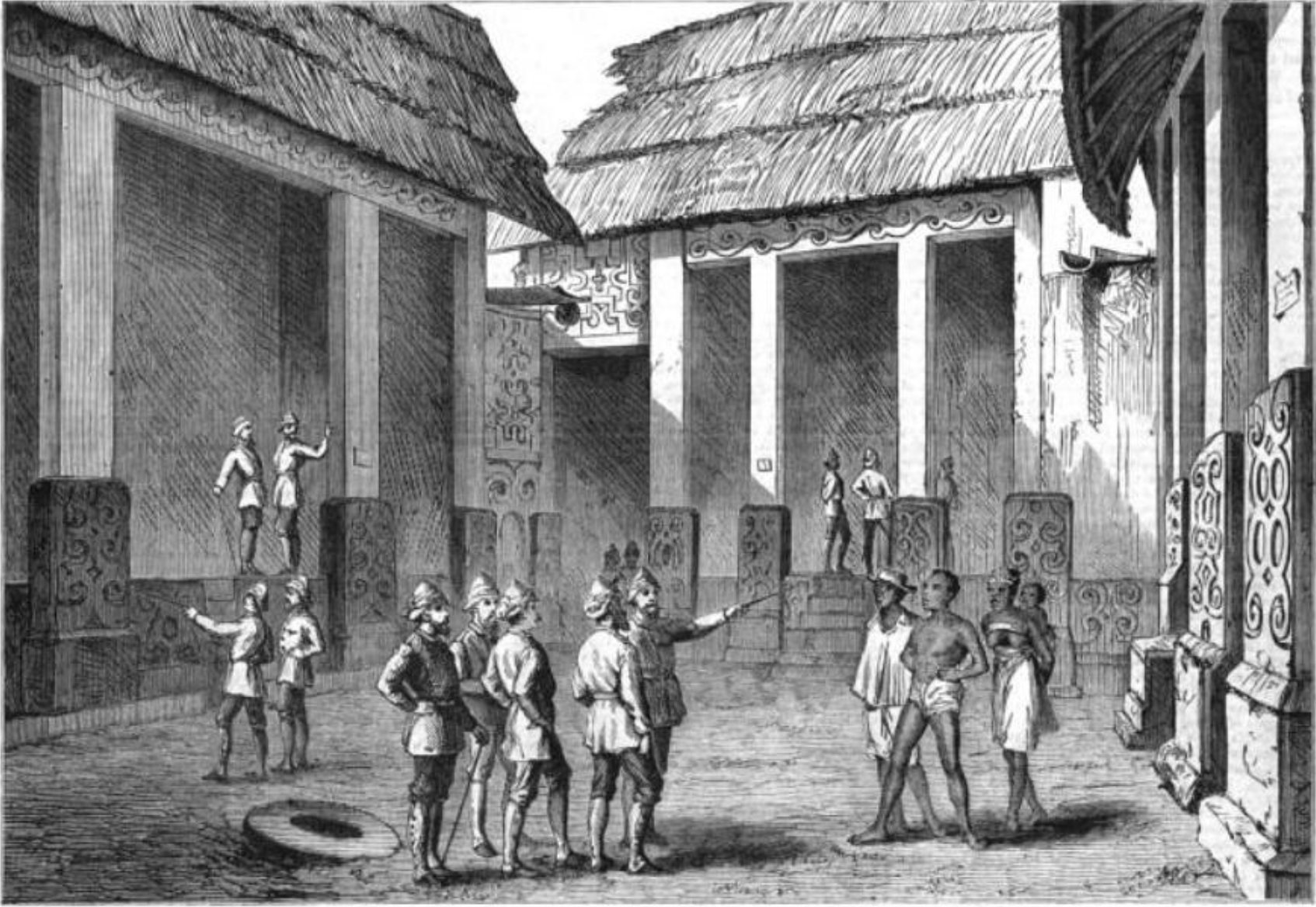|
Garnet Wolseley, 1st Viscount Wolseley
Field Marshal Garnet Joseph Wolseley, 1st Viscount Wolseley, (4 June 183325 March 1913), was an Anglo-Irish officer in the British Army. He became one of the most influential and admired British generals after a series of successes in Canada, West Africa and Egypt, followed by a central role in modernizing the British Army in promoting efficiency. He served in Burma, the Crimean War, the Indian Mutiny, China, Canada and widely throughout Africa—including his Ashanti campaign (1873–1874) and the Nile Expedition against Mahdist Sudan in 1884–85. Wolseley served as Commander-in-Chief of the Forces from 1895 to 1900. His reputation for efficiency led to the late 19th century English phrase "everything's all Sir Garnet", meaning, "All is in order." Early life and education Lord Wolseley was born into a prominent Anglo-Irish family in Dublin, the eldest son of Major Garnet Joseph Wolseley of the King's Own Scottish Borderers ( 25th Foot) and Frances Anne Wolseley (''née'' Sm ... [...More Info...] [...Related Items...] OR: [Wikipedia] [Google] [Baidu] |
The Right Honourable
''The Right Honourable'' ( abbreviation: ''Rt Hon.'' or variations) is an honorific style traditionally applied to certain persons and collective bodies in the United Kingdom, the former British Empire and the Commonwealth of Nations. The term is predominantly used today as a style associated with the holding of certain senior public offices in the United Kingdom, Canada, New Zealand, and to a lesser extent, Australia. ''Right'' in this context is an adverb meaning 'very' or 'fully'. Grammatically, ''The Right Honourable'' is an adjectival phrase which gives information about a person. As such, it is not considered correct to apply it in direct address, nor to use it on its own as a title in place of a name; but rather it is used in the third person along with a name or noun to be modified. ''Right'' may be abbreviated to ''Rt'', and ''Honourable'' to ''Hon.'', or both. ''The'' is sometimes dropped in written abbreviated form, but is always pronounced. Countries with common or ... [...More Info...] [...Related Items...] OR: [Wikipedia] [Google] [Baidu] |
Siege Of Lucknow
The siege of Lucknow was the prolonged defence of the British Residency within the city of Lucknow from rebel sepoys (Indian soldiers in the British East India Company's Army) during the Indian Rebellion of 1857. After two successive relief attempts had reached the city, the defenders and civilians were evacuated from the Residency, which was then abandoned. Background to the siege The state of Oudh/Awadh had been annexed by the British East India Company and the Nawab Wajid Ali Shah was exiled to Calcutta the year before the rebellion broke out. This high-handed action by the East India Company was greatly resented within the state and elsewhere in India. The first British Commissioner (in effect the governor) appointed to the newly acquired territory was Coverley Jackson. He behaved tactlessly, and Sir Henry Lawrence, a very experienced administrator, took up the appointment only six weeks before the rebellion broke out. The sepoys of the East India Company's Bengal Preside ... [...More Info...] [...Related Items...] OR: [Wikipedia] [Google] [Baidu] |
Knight Of The Order Of St Patrick
The Most Illustrious Order of Saint Patrick is a dormant British order of chivalry associated with Ireland. The Order was created in 1783 by King George III at the request of the then Lord Lieutenant of Ireland, The 3rd Earl Temple (later created Marquess of Buckingham). The regular creation of knights of the Order lasted until 1922, when most of Ireland gained independence as the Irish Free State, a dominion within what was then known as the British Commonwealth of Nations. While the Order technically still exists, no knight of St Patrick has been created since 1936, and the last surviving knight, Prince Henry, Duke of Gloucester, died in 1974. Charles III, however, remains the Sovereign of the Order, and one officer, the Ulster King of Arms (now represented in the office of Norroy and Ulster King of Arms), also survives. St Patrick is patron of the order; its motto is '' Quis separabit?'', Latin for "Who will separate s": an allusion to the Vulgate translation of Romans 8:35 ... [...More Info...] [...Related Items...] OR: [Wikipedia] [Google] [Baidu] |
Nile Expedition
The Nile Expedition, sometimes called the Gordon Relief Expedition (1884–85), was a British mission to relieve Major-General Charles George Gordon at Khartoum, Sudan. Gordon had been sent to the Sudan to help Egyptians evacuate from Sudan after Britain decided to abandon the country in the face of a rebellion led by self-proclaimed Mahdi, Mahommed Ahmed. A contingent of Canadians was recruited to help the British navigate their small boats up the Nile River. The Nile Expedition was the first overseas expedition by Canadians in a British imperial conflict, although the Nile Voyageurs were civilian employees and did not wear uniforms. The expedition was commanded by Garnet Wolseley. After Commander Herbert Stewart was mortally wounded, Brigadier-General Charles William Wilson took command of an advance party of about 1,400 men. On two Nile steamers Wilson's Desert Column reached Khartoum in the afternoon of 28 January 1885. It came two days too late: Khartoum had been seize ... [...More Info...] [...Related Items...] OR: [Wikipedia] [Google] [Baidu] |
Mahdist War
The Mahdist War ( ar, الثورة المهدية, ath-Thawra al-Mahdiyya; 1881–1899) was a war between the Mahdist Sudanese of the religious leader Muhammad Ahmad bin Abd Allah, who had proclaimed himself the "Mahdi" of Islam (the "Guided One"), and the forces of the Khedivate of Egypt, initially, and later the forces of Britain. Eighteen years of war resulted in the nominally joint-rule state of the Anglo-Egyptian Sudan (1899–1956), a ''de jure'' condominium of the British Empire and the Kingdom of Egypt in which Britain had ''de facto'' control over the Sudan. The Sudanese launched several unsuccessful invasions of their neighbours, expanding the scale of the conflict to include not only Britain and Egypt but also the Italian Empire, the Congo Free State and the Ethiopian Empire. The British participation in the war is called the Sudan campaign. Other names for this war include the Mahdist Revolt, the Anglo–Sudan War and the Sudanese Mahdist Revolt. Background Followi ... [...More Info...] [...Related Items...] OR: [Wikipedia] [Google] [Baidu] |
Battle Of Tel El-Kebir
The Battle of Tel El Kebir (often spelled Tel-El-Kebir) was fought on 13 September 1882 at Tell El Kebir in Egypt, 110 km north-north-east of Cairo. An entrenched Egyptian force under the command of Ahmed ʻUrabi was defeated by a British army led by Garnet Wolseley, in a sudden assault preceded by a march under cover of darkness. The battle was the decisive engagement of the Anglo-Egyptian War. Background Bombardment and invasion of Alexandria On May 20, 1882, a combined Franco–British fleet arrived at Alexandria. At the same time, Egyptian troops were reinforcing the coastal defenses of the city in anticipation of an attack. These events heightened tension in Alexandria, and eventually triggered tumultuous rioting with loss of life on both sides. As a result of the riots, an ultimatum was sent to the Egyptian government demanding they order Urabi's officers in Alexandria to dismantle their coastal defence batteries. The Egyptian government refused. Meanwhile, ten ... [...More Info...] [...Related Items...] OR: [Wikipedia] [Google] [Baidu] |
1882 Anglo-Egyptian War
The British conquest of Egypt (1882), also known as Anglo-Egyptian War (), occurred in 1882 between Egyptian and Sudanese forces under Ahmed ‘Urabi and the United Kingdom. It ended a nationalist uprising against the Khedive Tewfik Pasha. It established firm British influence over Egypt at the expense of the Egyptians, the French, and the Ottoman Empire, whose already weak authority became nominal. Background In 1881, an Egyptian army officer, Ahmed ‘Urabi (then known in English as Arabi Pasha), mutinied and initiated a coup against Tewfik Pasha, the Khedive of Egypt and Sudan, because of grievances over disparities in pay between Egyptians and Europeans, as well as other concerns. In January 1882 the British and French governments sent a "Joint Note" to the Egyptian government, declaring their recognition of the Khedive's authority. On 20 May, British and French warships arrived off the coast of Alexandria. On 11 June, an anti-Christian riot occurred in Alexandria tha ... [...More Info...] [...Related Items...] OR: [Wikipedia] [Google] [Baidu] |
South African Wars (1879–1915)
The South African Wars, including and commonly referred to as the Confederation Wars, were a series of wars that occurred in the southern portion of the African continent during the later years of the 19th century and the first years of the 20th century. Ethnic, political, and social tensions among European colonial powers, as well as increasing hostilities between these powers and indigenous Africans, led to open conflict in a series of wars and revolts between 1879 and 1915, which had lasting repercussions on the entire region. A key factor behind the growth of these tensions was the pursuit of commerce and resources, both by countries and individuals, especially following the discoveries of diamonds in the region in 1867 and gold in 1862. While conflicts such as the First and Second Boer Wars, the Anglo-Zulu War, the Sekhukhune Wars, the Basotho Gun War, the Xhosa Wars, and other concurrent conflicts are typically considered as separate conflicts, they have also been vie ... [...More Info...] [...Related Items...] OR: [Wikipedia] [Google] [Baidu] |
Anglo-Zulu War
The Anglo-Zulu War was fought in 1879 between the British Empire and the Zulu Kingdom. Following the passing of the British North America Act of 1867 forming a federation in Canada, Lord Carnarvon thought that a similar political effort, coupled with military campaigns, might succeed with the African Kingdoms, tribal areas and Boer republics in South Africa. In 1874, Sir Bartle Frere was sent to South Africa as High Commissioner for the British Empire to effect such plans. Among the obstacles were the armed independent states of the South African Republic and the Kingdom of Zululand.Knight (1992, 2002), p. 8. Frere, on his own initiative, sent a provocative ultimatum on 11 December 1878 to the Zulu king Cetshwayo and upon its rejection sent Lord Chelmsford to invade Zululand. The war is notable for several particularly bloody battles, including an opening victory of the Zulu at the Battle of Isandlwana, followed by the defence of Rorke's Drift by a small British force from ... [...More Info...] [...Related Items...] OR: [Wikipedia] [Google] [Baidu] |
Anglo-Ashanti Wars
The Anglo-Ashanti wars were a series of five conflicts that took place between 1824 and 1900 between the Ashanti Empire—in the Akan interior of the Gold Coast—and the British Empire and its African allies. Though the Ashanti emerged victorious in some of these conflicts, the British ultimately prevailed in the fourth and fifth conflicts, resulting in the complete annexation of the Ashanti Empire by 1900. The wars were mainly due to Ashanti attempts to establish a stronghold over the coastal areas of present-day Ghana. Coastal peoples such as the Fante and the Ga came to rely on British protection against Ashanti incursions. Earlier wars The British fought three earlier wars in the Gold Coast: In the Ashanti-Fante War of 1806–07, the British refused to hand over two rebels pursued by the Ashanti, but eventually handed one over (the other escaped). In the Ga-Fante War of 1811, the Ashanti sought to aid their Ga allies in a war against the Fante and their British allie ... [...More Info...] [...Related Items...] OR: [Wikipedia] [Google] [Baidu] |
Red River Rebellion
The Red River Rebellion (french: Rébellion de la rivière Rouge), also known as the Red River Resistance, Red River uprising, or First Riel Rebellion, was the sequence of events that led up to the 1869 establishment of a provisional government by Métis leader Louis Riel and his followers at the Red River Colony, in the early stages of establishing today's Canadian province of Manitoba. It had earlier been a territory called Rupert's Land and been under control of the Hudson's Bay Company before it was sold. The event was the first crisis the new federal government faced after Canadian Confederation in 1867. The Canadian government had bought Rupert's Land from the Hudson's Bay Company in 1869 and appointed an English-speaking governor, William McDougall. He was opposed by the French-speaking mostly-Métis inhabitants of the settlement. Before the land was officially transferred to Canada, McDougall had sent out surveyors to plot the land according to the square township sys ... [...More Info...] [...Related Items...] OR: [Wikipedia] [Google] [Baidu] |
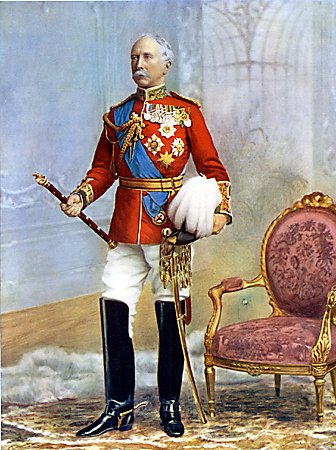
_(cropped).jpg)



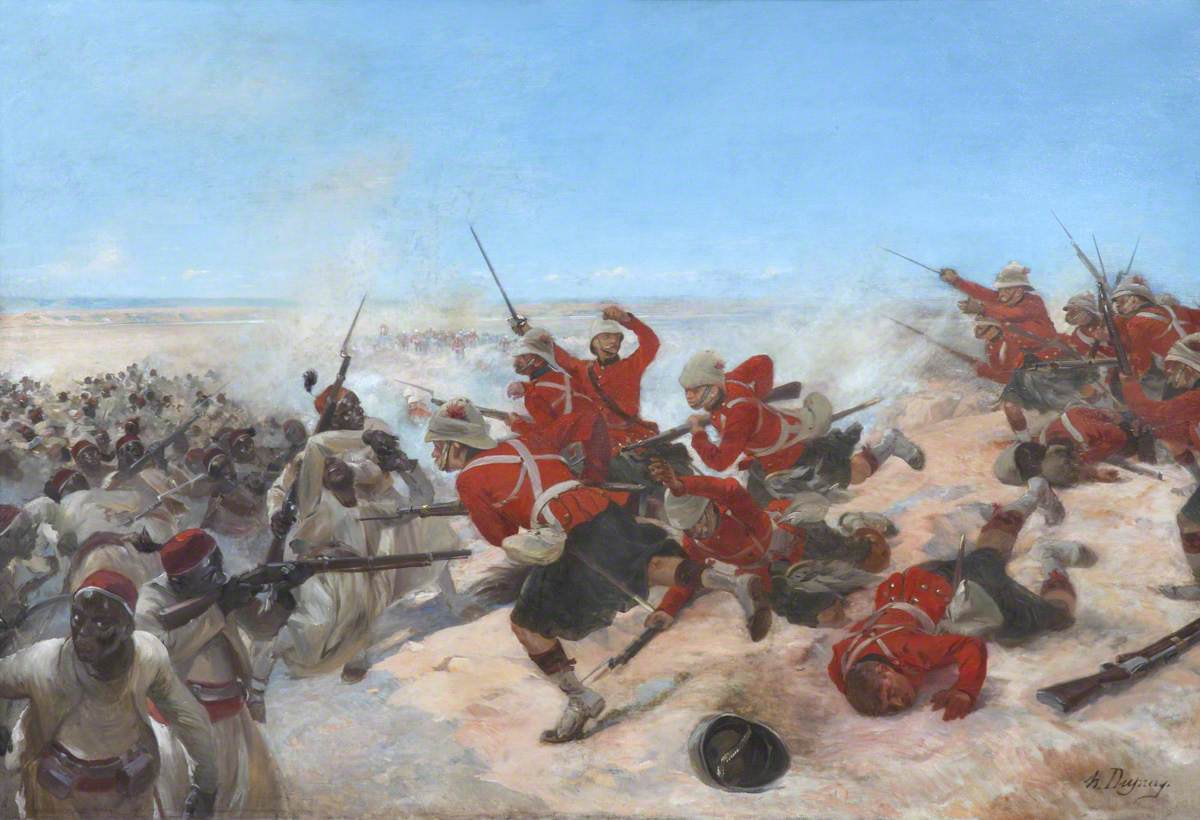
_p245_BOMBARDEMENT_OF_ALEXANDRIA_-_JULY_1882.jpg)
